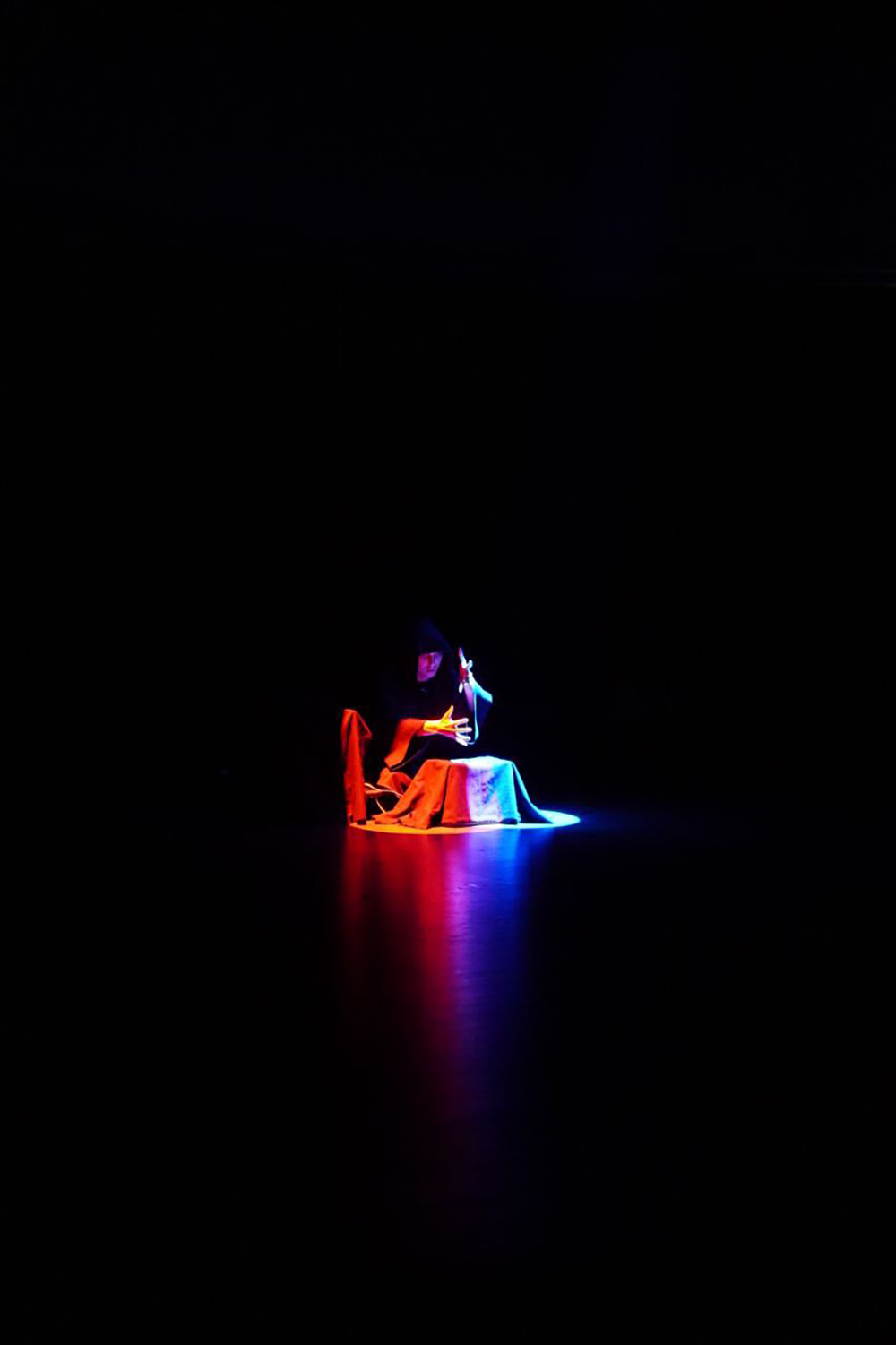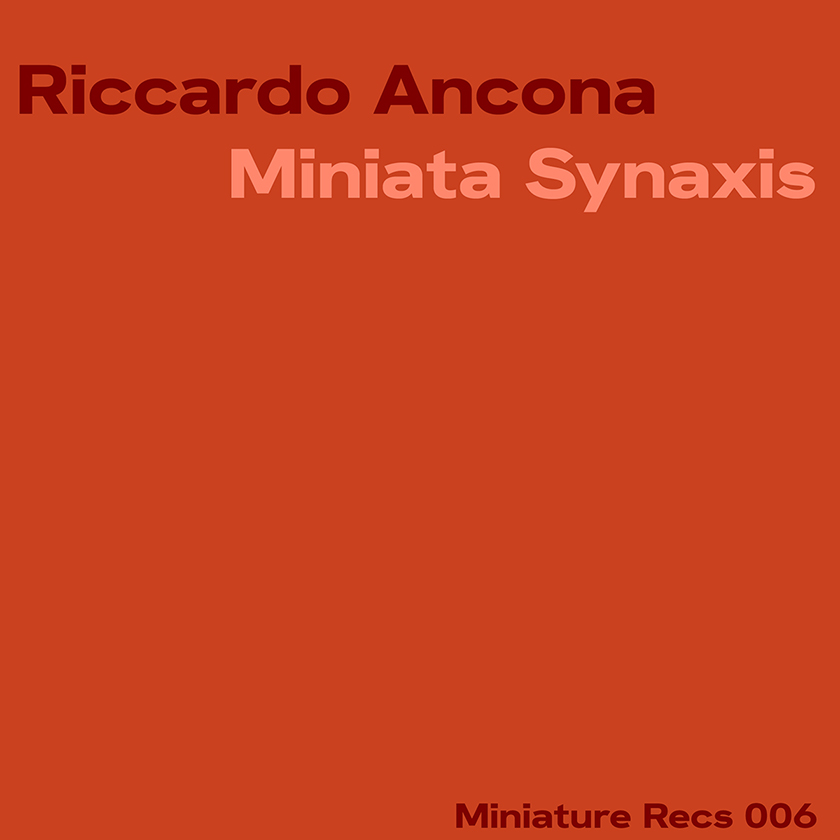
8-channel sensor-based algorithmic performance
Institute of Sonology, June 2023
Alchemists were the first to attempt a systematisation of matter, in search of possible forms of metamorphosis. Alchemy is a path of transformation, in which the focus is on process. Jung asserted that alchemical speculations anticipated the revelations of psychology with regard to the structure and archetypes of the unconscious. In the duality of opposites and in the mystical attempt to achieve a synthesis between them, the dialectical principle of the psyche becomes manifest.
The performance Mysterium Coniunctionis represents an attempt to synthesise my research path in Sonology, metaphorising it through an alchemical symbolism that intersects layers of acoustic and semantic meaning. The musical processes with which I interact through gestural control reflect the duality of the archetypal elements: water and fire. These are not, however, authentic fire and water, but their 'alchemised' form, obtained by training neural network material resynthesis models. In the hands of the performer-alchemist, these two opposing material identities are shaped by movement, resulting in contrasts, coagulations, distillations, and sublimations that propagate in space. The choreography of gestures dramatises the oxymoron at the foundation of alchemy: grasping the impalpable by fusing irreconcilable extremes.














